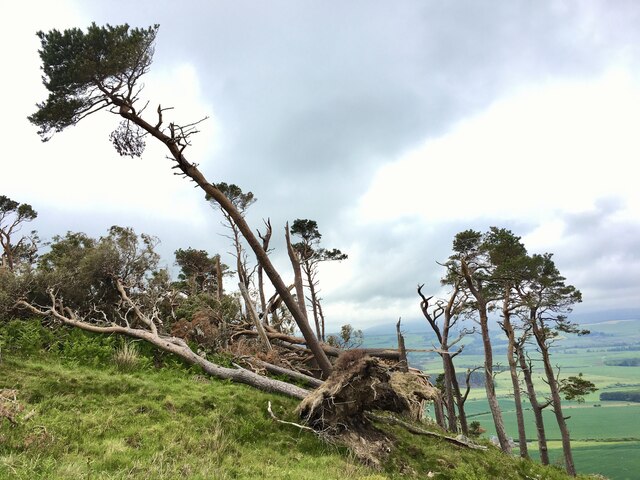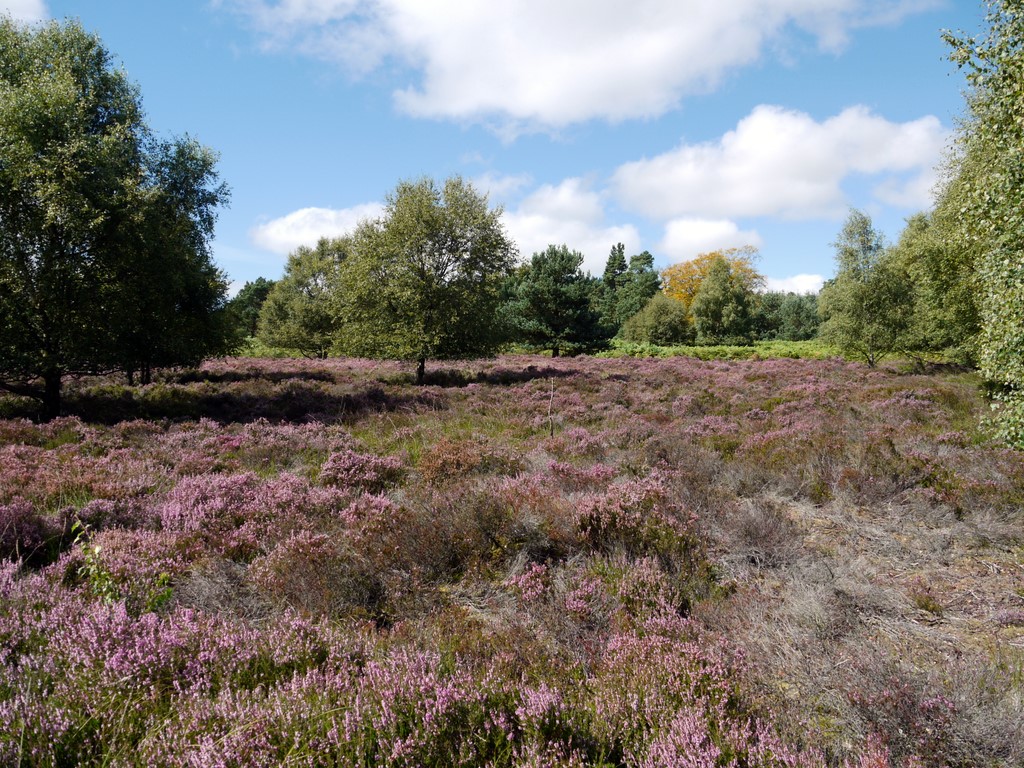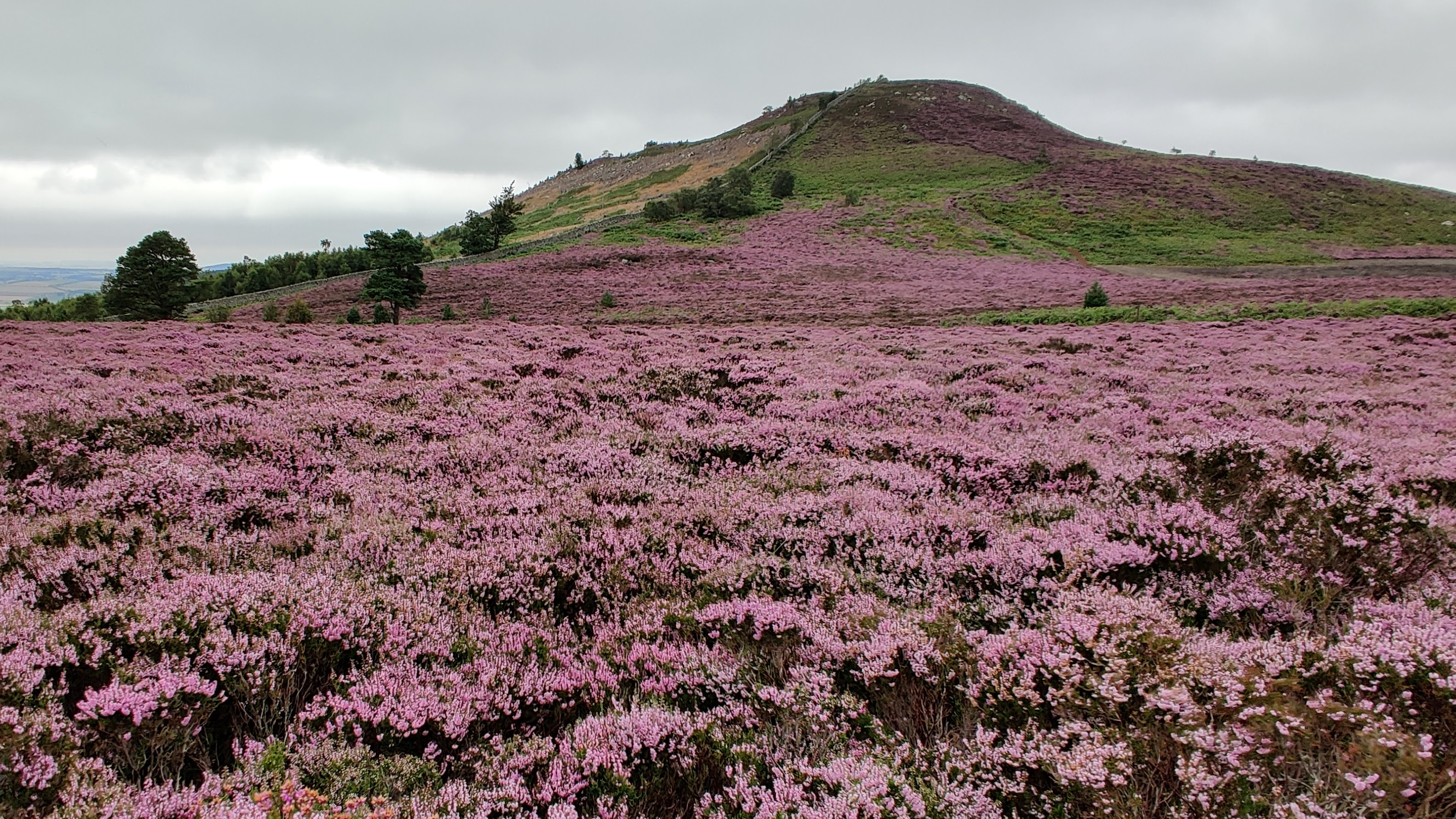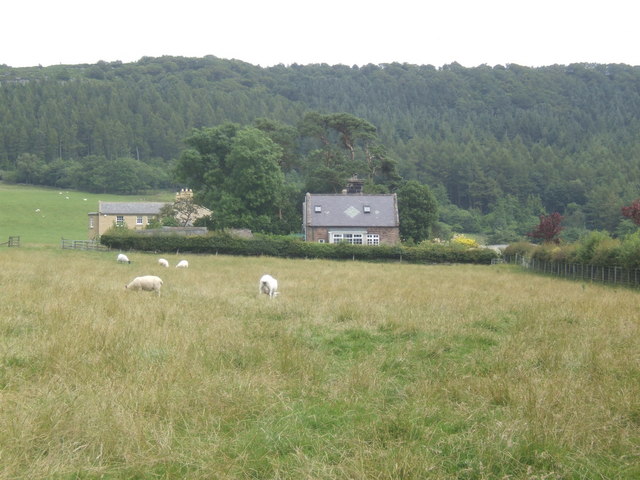Bewick
Civil Parish in Northumberland
England
Bewick

Bewick is a civil parish located in the county of Northumberland, England. It is situated in the northern part of the county, near the border with Scotland. The parish covers an area of approximately 8 square miles and has a population of around 200 residents.
The landscape of Bewick is characterized by rolling hills and picturesque countryside, offering stunning views of the surrounding area. It is primarily an agricultural area, with farming being the main occupation of the local community. The fertile land is used for the cultivation of crops and the rearing of livestock.
The parish is home to several small hamlets and scattered settlements, with the main village being Bewick itself. The village features a mix of traditional stone-built houses and modern dwellings, creating a charming and welcoming atmosphere. It has a small community hall, a church, and a primary school, providing essential amenities for the local population.
Bewick is a popular destination for outdoor enthusiasts due to its proximity to the Cheviot Hills and Northumberland National Park. The area offers numerous opportunities for hiking, cycling, and wildlife watching. Visitors can explore the vast expanses of unspoiled countryside, encounter diverse flora and fauna, and enjoy the tranquility of the natural surroundings.
Overall, Bewick, Northumberland is a rural parish with a close-knit community, stunning natural beauty, and a rich agricultural heritage. It offers a peaceful and idyllic setting for both residents and visitors alike.
If you have any feedback on the listing, please let us know in the comments section below.
Bewick Images
Images are sourced within 2km of 55.494039/-1.858577 or Grid Reference NU0922. Thanks to Geograph Open Source API. All images are credited.






Bewick is located at Grid Ref: NU0922 (Lat: 55.494039, Lng: -1.858577)
Unitary Authority: Northumberland
Police Authority: Northumbria
What 3 Words
///cabinet.thinking.awestruck. Near Ellingham, Northumberland
Nearby Locations
Related Wikis
Bewick and Beanley Moors
Bewick and Beanley Moors is the name given to a Site of Special Scientific Interest (SSSI) in north Northumberland, in the north-east of England. The moors...
Cateran Hole
Cateran Hole is a circa 35m length cave set in the Gritstone of Cateran Hill in Northumberland. It lies about 4 miles due north of Eglingham, and can be...
Old Bewick
Old Bewick is a rural village and former civil parish, now in the parish of Bewick, in the county of Northumberland, England, notable for its Bronze Age...
Bewick, Northumberland
Bewick () is a civil parish in the county of Northumberland, England. In 2001 it had a population of 69, increasing to 138 (after the inclusion of Chillingham...
Eglingham Hall
Eglingham Hall (grid reference NU10421954) is a former mansion house and a Grade II* listed building situated at Eglingham, near Alnwick, Northumberland...
Eglingham
Eglingham is a village in Northumberland, England, situated about 7 miles (11 km) north-west of Alnwick and 10 miles (16 km) from Wooler. It lies in the...
Ros Hill
Ros Hill, also known as Ros Castle due to the 3,000-year-old Iron Age hill fort on its summit, is a hill in the county of Northumberland in northern England...
Hepburn, Northumberland
Hepburn is a hamlet and former civil parish, now in the civil parish of Chillingham in the county of Northumberland, England. The civil parish was merged...
Nearby Amenities
Located within 500m of 55.494039,-1.858577Have you been to Bewick?
Leave your review of Bewick below (or comments, questions and feedback).
















